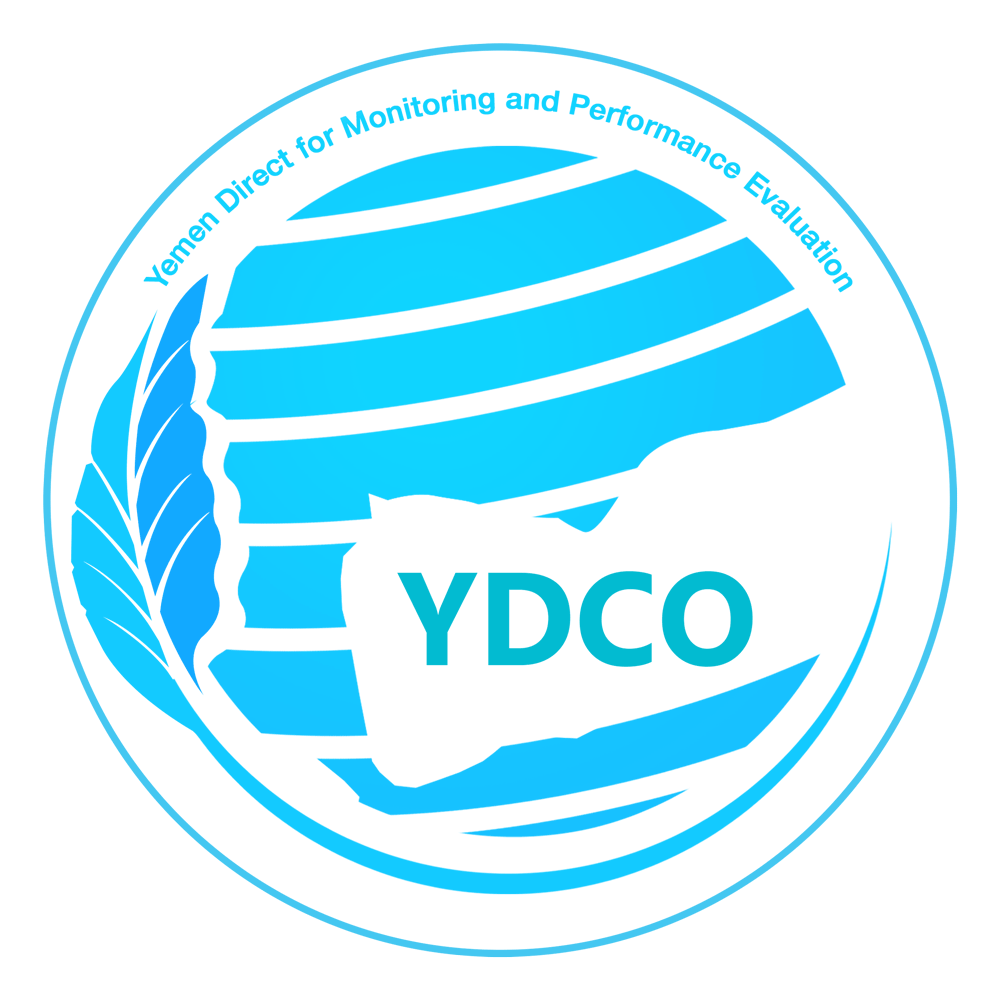
2- Accepted & reasonable Relief Intervention
This criterion can be realized when the result of the relief intervention's (project) outcomes are of suitable and good plans and requirements; and that is through the following:-
- To obtain a copy of the project's executive program, containing the information and data, which will be determined by the project in the form of the data of the required projects, so as to be reviewed, evaluated and to prepare a field plan.
- To identify degree of benefiting from the contents of the relief intervention, according to the executive program through the following:-
- Logicality of the execution plan
- The targeted category and the targeted area
- The projects balance sheet (budget), (certainty of the budget in the plan)
- Schedule
- Others.
- Sources of the Relief Intervention's content:
- Availability of Relief Intervention's materials, locally
- Their effect on the local costs that are not defined in the Relief Intervention's set of goals and their impact on the project's surrounding environment.
- To carry out a comparison between the operations and costs (value versus money principle)
- Works & supplies
- Competency of performers
- Value of the service
- Quality of the service
- The procedures and precautions to ensure the safety of the target populations and task forces
- The security situation and the target areas
- Problems and constraints
- Expected hazards
- Security and safety precautions and procedures
- Alternative options

 Yemen Direct for Monitoring and Performance Evaluation
Yemen Direct for Monitoring and Performance Evaluation